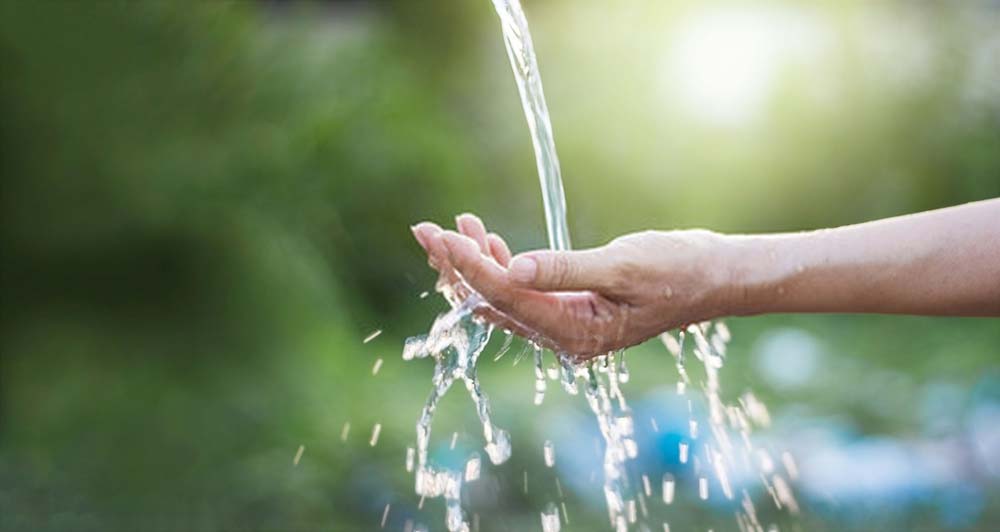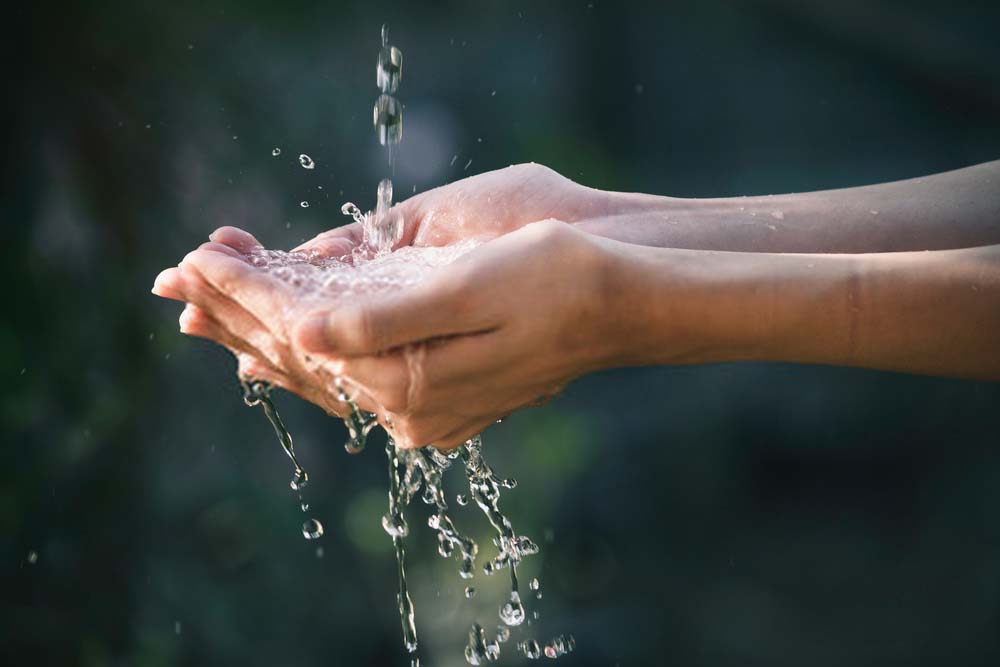Disasters come in all shapes and sizes. You may be without electricity if an earthquake or dangerous weather hits your area. If your whole region is without electricity for some time, you may lose access to tap water. It is beneficial for one to be prepared and ready before disaster strikes. Let’s look at how we can keep our home water clean and healthy for consumption.

Keeping Your Household Healthy
While laying in a store of food that will last for quite a while can be done fairly simply, ensuring you have access to enough water for drinking, cooking, and bathing presents a different problem. Water is heavy and can become unusable over time.
Buying water is expensive and, in the event of a serious emergency, may not be available. If the filtration system at your local water plant fails, you and your family may be exposed to dangerous bacteria and waterborne pests. Finally, the cleansing products added to your tap water may be worrying. To best identify toxic disinfection byproducts in drinking water and reduce exposure to these toxins, having your water purification system before a disaster is a great choice.
Choosing the Right Storage
Nonreactive plastic barrels are a good option for long-term storage of large amounts of water. If you can find them used, be ready to clean them with a mild bleach solution. Take the time to roll the barrel around to get all the surfaces cleaned well. If the barrel held something oily, you might need degreasing dish soap to clean it completely.
This barrel is now ready for basic water storage. Water from this barrel can be used directly for cleaning. If you plan to cook or drink this water, filter it in something nonreactive, such as glass or stainless steel.
A Word About Weight
Water weighs in at a little over 8 pounds per gallon. Once your 55-gallon drum is full, it will be extremely heavy. You will need smaller vessels for transporting and storage. It’s also a good idea to have a pump to get water out of your barrels rather than having to remove lids and risk dropping anything in the barrels. A battery-operated or rechargeable pump that you can use to fill up a pitcher or jug can serve you well.
Purifying Water in the Wild
You may have to pull water from a river, pond, or lake in a complete water shutdown. After such a harvest, the first step is to filter out debris and boil the water for a minute. A sizable pot with a tight-fitting lid will make this faster, especially if you must build a fire in your yard to boil the water.
Once you have boiled your water for a minute, let it cool and filter it. Boiled water can taste rather flat, but filtering it into something nonreactive, such as glass or stainless steel, can give it a fresh flavour.
There are also:
- individual filtering bottles, often available at camping supply stores
- tablets that will kill giardia and bacteria
- pressurized storage canisters that allow you to pump out filtered water
Many of these containers are plastic. This makes sense, as plastic is lighter and cheaper than stainless or glass. However, doing your final filtering process into stainless steel or glass is a good idea. First off, this container can be designated for drinking water only. Secondly, the water will taste better out of such a vessel.
How Much Water Should You Store?
An adult male will need nearly a gallon of safe drinking water daily, and females slightly under that, depending on body weight and activity. Because disasters seldom hit when the weather is perfect, plan for two gallons of water per adult in extreme heat. Add another gallon per person per day for washing up, and don’t forget to add a gallon each for your pets to be sure.
Consider investing in a filtering tool that will allow you to filter all your drinking, cooking, and washing up water. It makes no sense to boil your drinking water and then brush your teeth with water that contains giardia. It only takes one nasty bug to make you very sick and dehydrated, risking your life in an emergency.
One quality water filter can differentiate between falling apart and getting through a crisis. Invest in a tool that you can put to work today to have it in case of disaster strikes.


